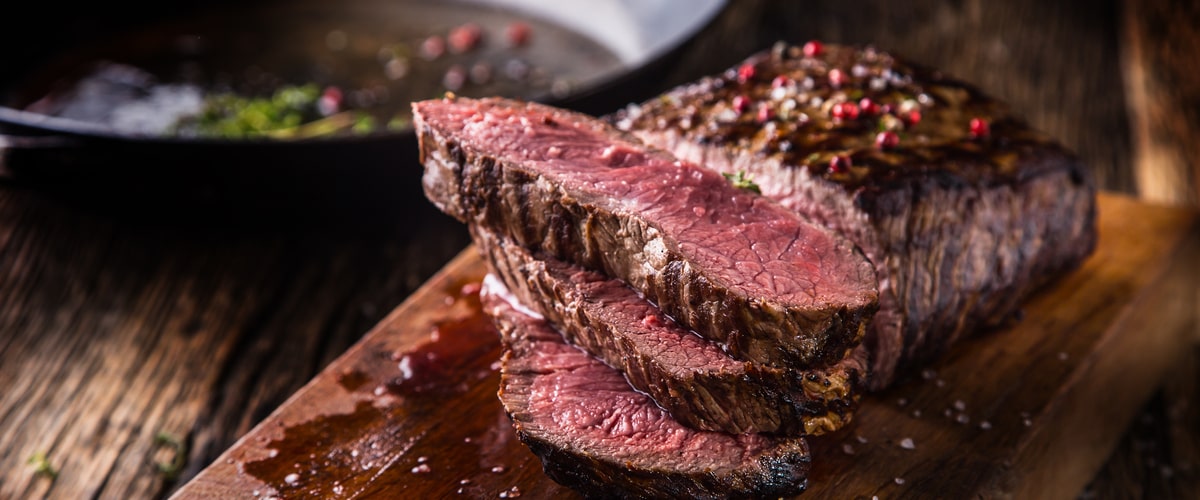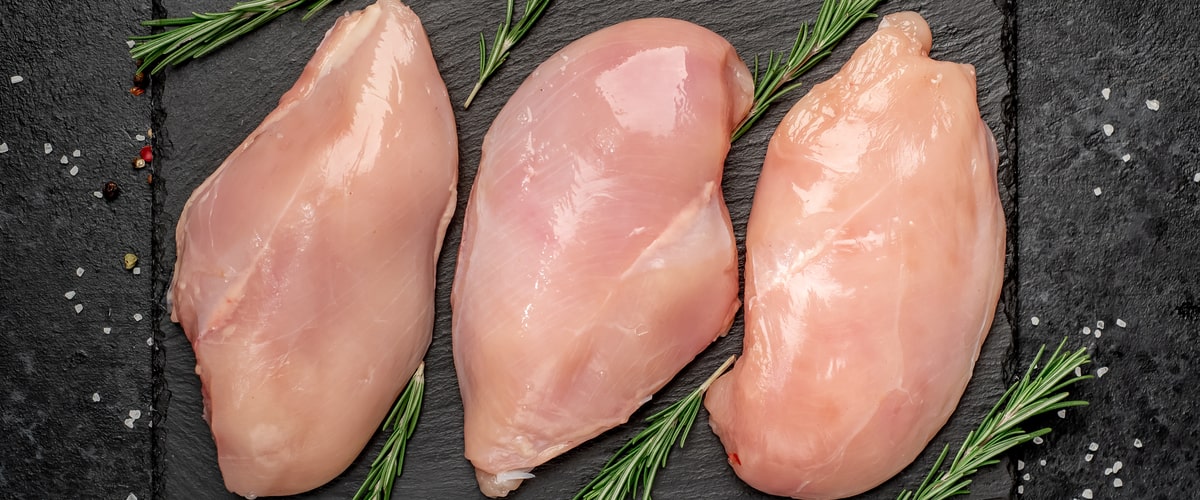The Art of Sous Vide Cooking: Precision and Flavor Enhancement
Category : Food Stories, Party Ideas, Recipes, Press Room |
Posted : May 2, 2024
Cooking is an art form, a creative outlet for those who revel in the alchemy of flavors and textures. For culinary enthusiasts, the quest for the perfect dish often revolves around precision—getting the temperature and timing just right can transform a good meal into an unforgettable experience. Enter sous vide cooking, a method that not only offers the utmost precision but elevates the palate with enhanced flavors and mouthwatering tenderness.
In this comprehensive guide, we will explore the world of sous vide cooking, demystify the process, and provide a plethora of tips and tricks to help hone your skills. Whether you're a seasoned home chef or an aspiring foodie, preparing to venture into the realm of sous vide, brace yourself for an enlightening culinary expedition.
Benefits of Sous Vide Cooking

Enhanced Flavor Retention
One of the most celebrated advantages of sous vide is the ability to retain and intensify the natural flavors of the ingredients. By sealing the food in an airtight bag and cooking it in a water bath at a precise, low temperature, you lock in moisture and prevent the escape of volatile compounds that contribute to taste and aroma.
Precise Temperature Control
Sous vide's claim to fame is its unwavering temperature control, thanks to immersion circulators that maintain water at a constant heat. This consistency is not only crucial for safety but also ensures foods cook evenly from edge to edge, a feat that traditional methods can seldom replicate.
Tender and Juicy Results
The prolonged, gentle cooking process of sous vide can tenderize even the toughest cuts of meat, rendering them remarkably juicy and succulent. With sous vide, the challenge of overcooking—resulting in dry, lackluster dishes—becomes virtually obsolete.
Getting Started with Sous Vide Cooking
Equipment Needed
To begin your sous vide odyssey, you'll need some essential equipment:
- An immersion circulator, the heart of the sous vide setup.
- A container for the water bath, such as a pot or a plastic tub.
- Sous vide bags, which can be vacuum-sealed or work with water displacement techniques.
- Sealing equipment, if not using pre-sealed bags.
- A kitchen torch or a hot pan for browning and searing, should a recipe require it.
Basic Steps in the Sous Vide Cooking Process
- Set up your water bath and immersion circulator, ensuring the water level is sufficient to cover your ingredients and that the temperature is calibrated to your recipe's requirements.
- Season and prepare your food, placing it within a sous vide bag with any desired aromatics or marinades.
- Seal the bag, ensuring it's air-tight for a proper sous vide cook.
- Submerge the sealed bag in the water bath, allowing the sous vide machine to do the rest.
- Once the cooking time elapses, remove the item from the bag and finish according to your recipe, typically with a quick sear or grill for added texture and flavor.
Flavor Enhancement Techniques
Marinades and Seasonings
Using sous vide doesn't mean forgoing the flavorful magic of marinades and seasonings. In fact, the sous vide process can amplify their effects. Ingredients can marinate for longer within the sealed environment, and with proper sealing techniques, you can even marinate under vacuum, which speeds up the process and allows for deeper penetration of flavors.
Infusions and Aromatics
Placing herbs, spices, and other aromatics within the sous vide bag with your food can create subtle yet complex flavor profiles. The gentle cooking method extracts and infuses these flavors into the core of your ingredients, resulting in a flavorful ensemble that harmonizes perfectly.
Finishing Techniques for Texture and Appearance
While sous vide cooking can offer impeccable texture and taste, a final flourish, such as a quick sear or a broil, can add a delightful contrast in texture and a mouth-watering visual appeal that signals a dish cooked to perfection.
Sous Vide Cooking Tips and Tricks
Temperature and Cooking Time Guidelines
Different foods require different time-temperature combinations to achieve their best results. This chart demonstrates common sous vide guidelines for various meats and vegetables. For precision, consider investing in a food-safe digital thermometer to check internal temperatures after cooking.
Safety Precautions
With any cooking method, safety should be a primary concern. Follow established guidelines for food handling, especially when dealing with low-temperature cooking that can pose a risk for bacterial growth.
Troubleshooting Common Issues
If you encounter problems such as excessive evaporation, sluggish water heating, or bags floating up, there are solutions to maintain the sanctity of the sous vide process. Ensure adequate water levels, use a suitable container, and research bag sealing techniques to prevent leaks or excess air pockets.
Exploring Sous Vide Recipes
Here are two sample recipes to kickstart your sous vide repertoire:
Recipe 1: Perfectly Prepared Ribeye Steak

- Preheat your sous vide bath to 130°F (54°C) for medium-rare.
- Season a ribeye steak with salt, pepper, and a sprig of rosemary. Place it in a sous vide bag with a clove of garlic and a pat of butter.
- Submerge the bag in the water bath and cook for 2 hours.
- Remove the steak from the bag and pat it dry. Sear the steak on a hot skillet to develop a crust.
- Rest the steak for a few minutes before slicing and serving.
Recipe 2: Sous Vide Garlic and Rosemary Chicken

- Set your sous vide bath to 60°C (140°F) for chicken breast or 74°C (165°F) for chicken thighs.
- Season a chicken breast with minced garlic, chopped rosemary, and olive oil. Vacuum-seal the breast in a sous vide bag.
- Cook the chicken breast for 1.5 hours in the water bath.
- Optionally, sear the chicken breast in a hot skillet for extra texture.
- Serve your perfectly cooked chicken with accompanying sides.
Feeling inspired? Imagine the culinary horizons you could explore with a method that combines science with flavor finesse. Sous vide cooking may seem daunting at first, but with practice and patience, it can become a mainstay in your kitchen, unlocking a world of gastronomic possibilities.
Remember, the art of sous vide is not just in the precision of cooking but in the layering and balance of flavors. It is in the anticipation of a tender morsel that yields under the gentlest pressure, and in the joy of presenting dishes that resonate with those who partake in your creations.
Dive in, experiment, and share your sous vide escapades with the world. As you hone your skills, you'll discover the nuances of temperature and time that transform every meal into a masterpiece. Marky's Caviar and Gourmet Foods salutes the sous vide artisan in you, and we look forward to hearing about your epicurean adventures.













